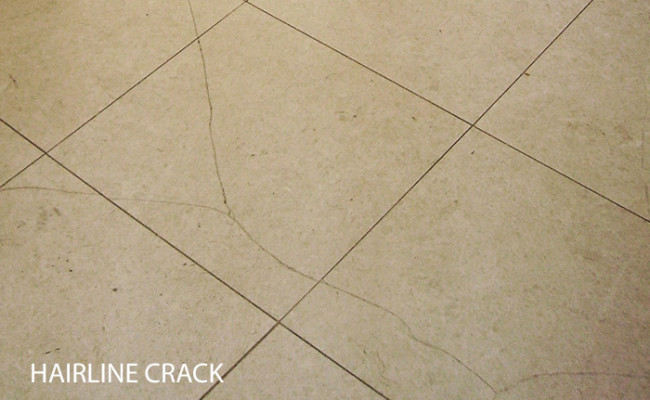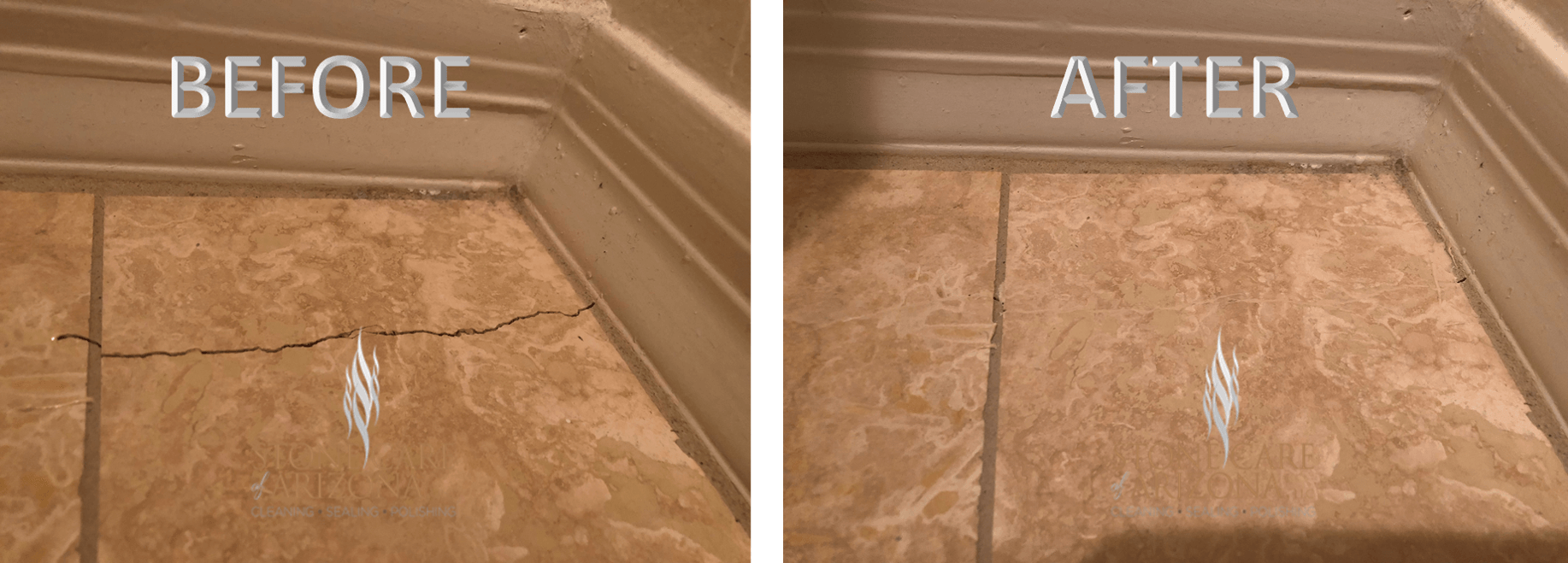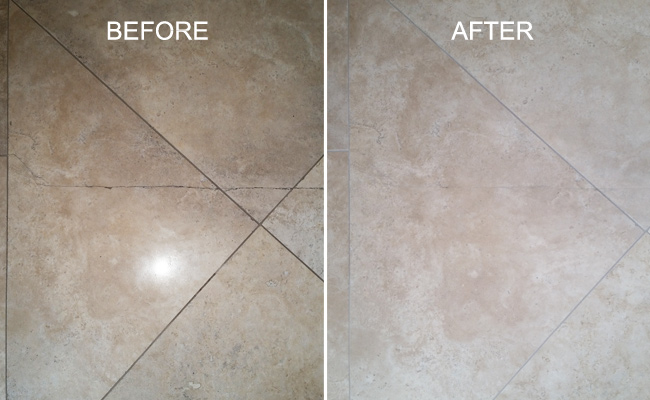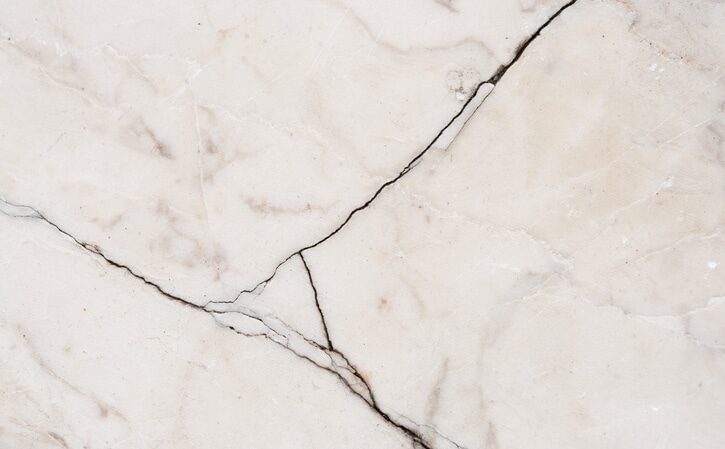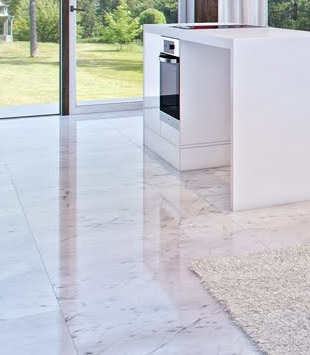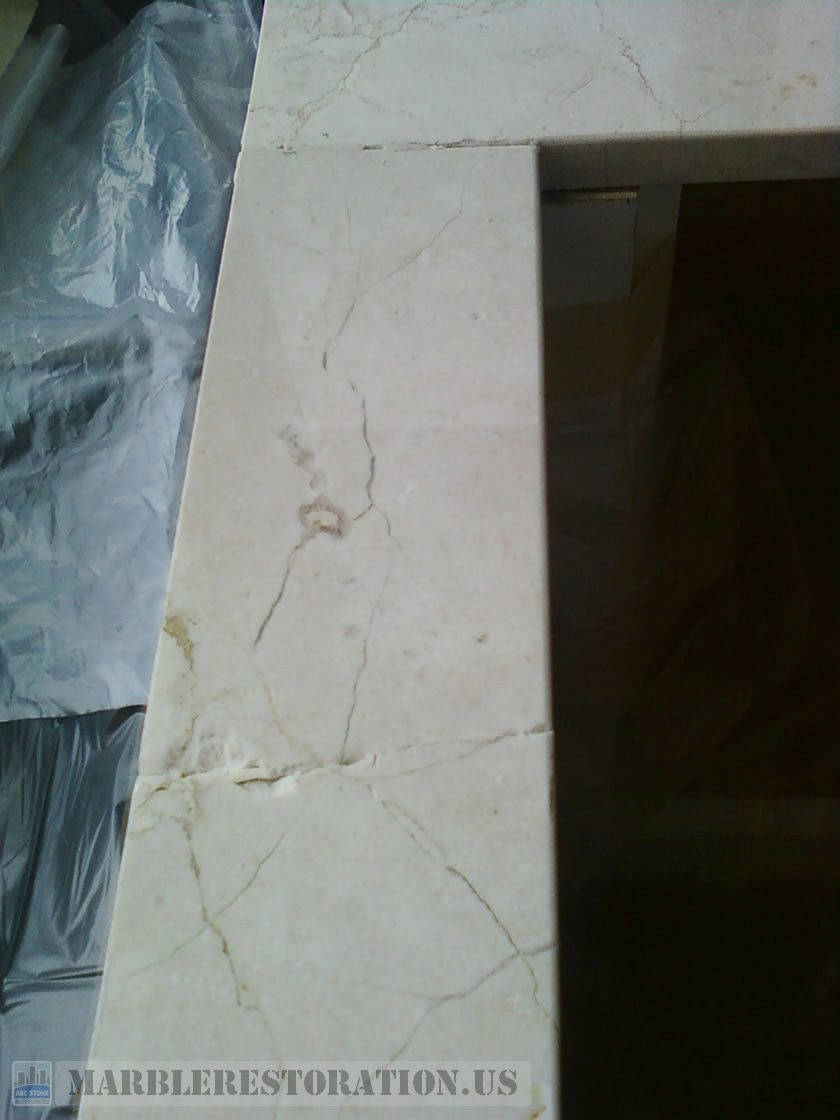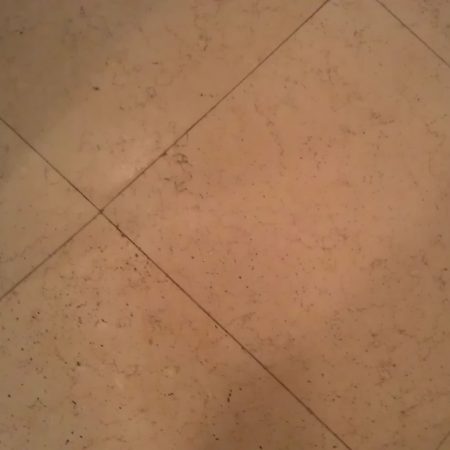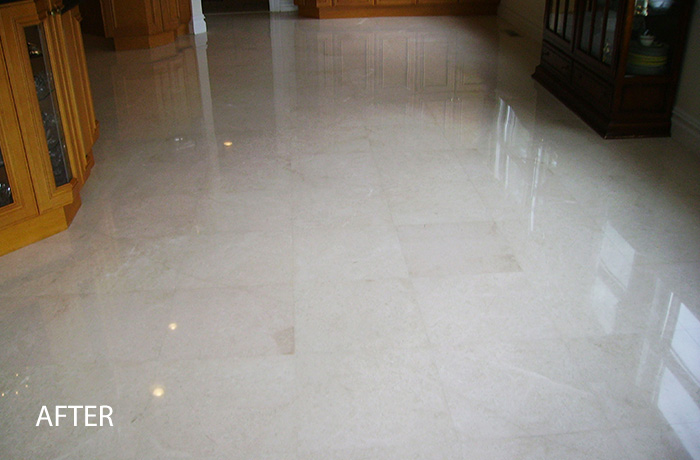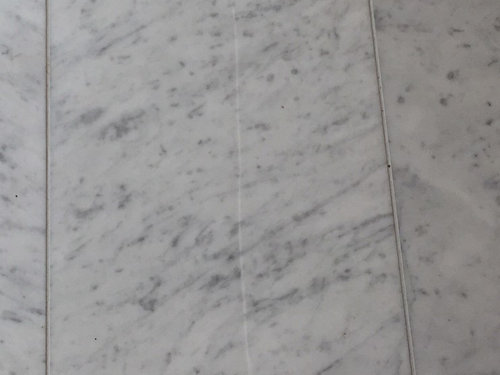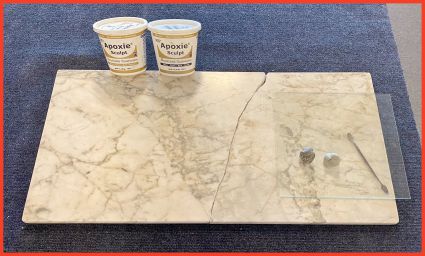Marble floors exude timeless elegance and add a touch of luxury to any space. However, even the most durable materials can develop cracks over time. If your marble floor has suffered from cracks, don’t fret! let me walk you through the process of marble floor crack repair, helping you restore the beauty of your flooring to its former glory. Let’s delve into the world of marble restoration and bring back the radiance of your exquisite floors.
Understanding Marble and its Vulnerability to Cracks
Marble is a natural stone known for its stunning veining patterns and unique color variations. While marble is durable, it is susceptible to cracks due to its composition. Factors such as heavy foot traffic, shifting foundations, temperature fluctuations, or impact can cause cracks to develop. Understanding the causes of marble floor cracks is crucial in effectively repairing them and preventing future damage.
Assessing the Severity of Cracks
Before embarking on the repair process, it’s essential to assess the severity of the cracks. There are different types of cracks, ranging from hairline cracks to more extensive fractures. Hairline cracks are shallow and thin, while wider cracks may have depth and affect the structural integrity of the marble. Assessing the size, location, and depth of the cracks will help determine the appropriate repair method.
Marble Floor Crack Repair Techniques
Epoxy Injection: Epoxy injection is a popular method for repairing wider cracks in marble floors. It involves injecting an epoxy resin into the crack, which fills and bonds the damaged area. The resin is carefully matched to the color of the marble, ensuring a seamless and invisible repair. After the epoxy cures, excess material is polished away, leaving a smooth and restored surface.
Stone Adhesive: For smaller cracks or hairline fractures, stone adhesive is an effective solution. The adhesive is carefully applied to the crack, allowing it to penetrate and bind the broken parts of the marble together. Once the adhesive has dried and hardened, the excess is gently removed, and the surface is polished to achieve a flawless finish.
Marble Dust and Resin Mixture: Another method used for repairing cracks in marble floors involves creating a mixture of marble dust and resin. This mixture is carefully applied to the crack, filling the damaged area and blending seamlessly with the surrounding marble. After curing, the excess material is smoothed and polished, resulting in a nearly invisible repair.

Can I repair marble floor cracks myself, or should I hire a professional?
While minor hairline cracks may be repaired using DIY techniques, it is recommended to hire a professional for extensive or complex repairs. Professionals have the necessary skills, tools, and experience to ensure a successful restoration while minimizing the risk of further damage.
Will the repaired cracks be visible?
When executed by skilled professionals, marble floor crack repairs can be virtually invisible. The use of color-matched materials and precise techniques ensures seamless integration with the surrounding marble, resulting in a flawless finish.
How long does the marble floor crack repair process take?
The duration of the repair process depends on the severity and complexity of the cracks. Minor repairs may be completed within a few hours, while extensive or multiple cracks may require several days. A professional can provide a more accurate estimate based on the specific circumstances.
Can I prevent future cracks in my marble floor?
While it is impossible to guarantee absolute prevention, there are measures you can take to minimize the risk of future cracks. This includes using protective mats or rugs in high-traffic areas, avoiding heavy impacts or dropping heavy objects on the floor, and maintaining consistent temperature and humidity levels within the space.
How do I maintain and care for my repaired marble floor?
To maintain the beauty and integrity of your repaired marble floor, it is important to follow proper care and maintenance practices. Regularly sweep or dust the floor to remove debris, promptly clean spills, and avoid using abrasive cleaners or harsh chemicals. Engaging in routine professional marble polishing and sealing can also help protect the repaired areas.
With the right techniques and professional expertise, marble floor crack repair is a viable solution to restore the beauty of your flooring. Understanding the causes of cracks, assessing their severity, and utilizing appropriate repair methods will help you achieve a seamless and long-lasting restoration. By addressing cracks promptly and implementing preventive measures, you can ensure the longevity and splendor of your cherished marble floors. Embrace the process of marble floor crack repair, and witness the transformation of your space into a haven of timeless elegance.
fixing crack holes in a marble floor
Marble Floor Crack Repair / NY / NJ / CT Rockland Stone Restoration
Travertine, Marble and Limestone Repairs
Travertine Floor Crack Repaired – Set In Stone Restoration
How to Fix Damaged Marble Floors and Other Marble Surfaces
Marble tiles — Repairing of chipped and cracked floor
Crema Marfil Radiator Sill (Crack-Chip-Seam Repair)
Cracks, Splits or Breakages on Stone Restoration (Order Here)
Marble Floor Crack Repair / NY / NJ / CT Rockland Stone Restoration
Marble Tile Cracking
How to repair a broken marble slab – expert tips with images
How to fix cracked marble – The Washington Post
Related Posts:

